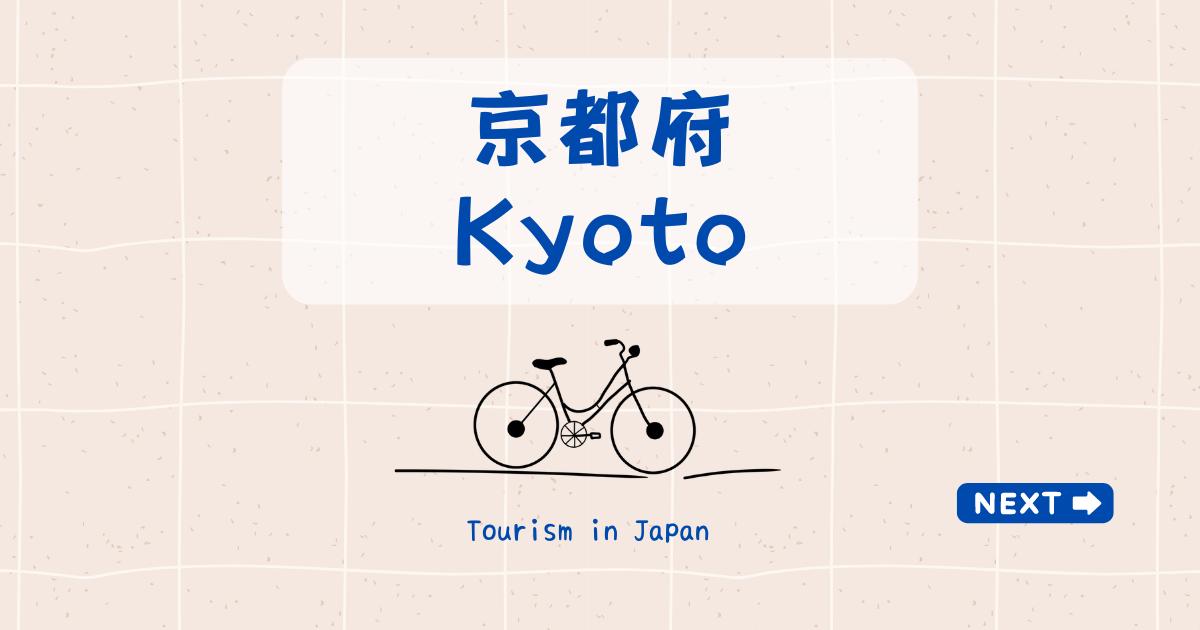This article is an introduction to YouTube videos.
The article is written in Japanese and translated by AI.
Abe no Seimei is one of Japan’s most famous historical figures, often regarded as a mystical superstar of the Heian period (794–1185). Known as an Onmyoji, or a master of yin and yang, Seimei’s legendary powers continue to captivate people over a thousand years later. The Seimei Shrine in Kyoto, dedicated to him, offers visitors a glimpse into the mysterious world of ancient Japan. Let’s explore the secrets of Abe no Seimei, his shrine, and the fascinating stories that surround him.
Who Was Abe no Seimei?
Abe no Seimei was an Onmyoji, an expert in the practice of Onmyodo, a traditional Japanese esoteric cosmology. This practice combined aspects of natural science, astrology, and spiritual rituals. Seimei served the Imperial Court, advising on astrology, creating calendars, and conducting ceremonies to ensure balance and prosperity.
Onmyodo itself was based on ancient Chinese concepts, particularly the Yin-Yang (positive and negative cosmic forces) and the Five Elements (wood, fire, earth, metal, and water). These principles were used to explain natural events, predict the future, and bring harmony to the universe. Seimei’s mastery of these skills earned him widespread fame, and he remains one of Japan’s most iconic mystics.
The Seimei Shrine, built on the site of Seimei’s former residence, was commissioned by Emperor Ichijo in 1007, two years after Seimei’s death. Today, the shrine is a spiritual site where people come to pray for good fortune and protection.
Seimei Shrine and Its Historical Significance
The Seimei Shrine, located in Kyoto, is dedicated to honoring Abe no Seimei’s achievements. Though relatively small, the shrine is filled with symbols of Onmyodo. One of the most recognizable symbols is the Pentagram, or “Gobosei” in Japanese, which represents the five elements of Onmyodo. This symbol is believed to protect against evil and is prominently displayed throughout the shrine.
Another unique element of the shrine is the peach stone, which is thought to ward off evil spirits. In Japanese mythology, peaches are often symbols of protection, which is why they are featured at Seimei Shrine. This symbolism even appears in famous Japanese folktales, like the story of Momotaro, a boy born from a peach who fights off demons.
The Legend of Ichijo Modoribashi and Seimei’s Shikigami
One of the most intriguing spots near Seimei Shrine is the Ichijo Modoribashi Bridge, also known as the “Returning Bridge.” According to legend, the bridge got its name because a deceased person, carried across it during the Heian period, miraculously returned to life. Since then, the bridge has been associated with returning or resurrection.
Abe no Seimei is also famous for his Shikigami—invisible spirits that he could command to assist him. It is said that Seimei kept these spirits under the Ichijo Modoribashi Bridge because his wife found their appearance too frightening to have at home. This story adds a humorous and human element to Seimei’s legendary abilities, suggesting that even powerful Onmyoji had to consider domestic harmony!
Shikigami were thought to be spirits that only an Onmyoji could see and control. They were often used to assist with rituals or even everyday chores. In Seimei’s case, his shikigami were powerful enough to help with mundane tasks, which led to speculation that these spirits might have been disguised ninjas.
Seimei Festival: A Celebration of Tradition
Every year, Seimei Shrine hosts the Seimei Festival around the autumn equinox. This festival has been held for over a thousand years to honor Abe no Seimei. The festival begins with a Yudate Kagura ceremony the night before the main event. During this ritual, hot water is boiled and sprinkled by shrine maidens to purify the surroundings and pray for good health.
The following day, a grand procession, called Shinko-sai, is held. Children dressed in traditional attire, shrine maidens, and musicians parade through the area. This event is not only beautiful to watch but also serves as a reminder of the community’s dedication to preserving their cultural heritage. Despite modern changes, the core spirit of Seimei Festival continues to thrive, showcasing the connection between the past and the present.
Conclusion
The Seimei Shrine in Kyoto offers a fascinating glimpse into Japan’s mystical past. Abe no Seimei’s legendary skills, his connection to Onmyodo, and the intriguing stories surrounding his life make the shrine a must-visit spot for those interested in Japan’s rich cultural heritage. By visiting Seimei Shrine, you can experience firsthand the timeless magic of one of Japan’s most enigmatic historical figures and feel the warmth of a community that continues to cherish its traditions.
If you ever find yourself in Kyoto, make sure to take a step back into the Heian period and discover the enduring legacy of Abe no Seimei. It’s a journey that blends history, mythology, and spirituality in the heart of Japan.

